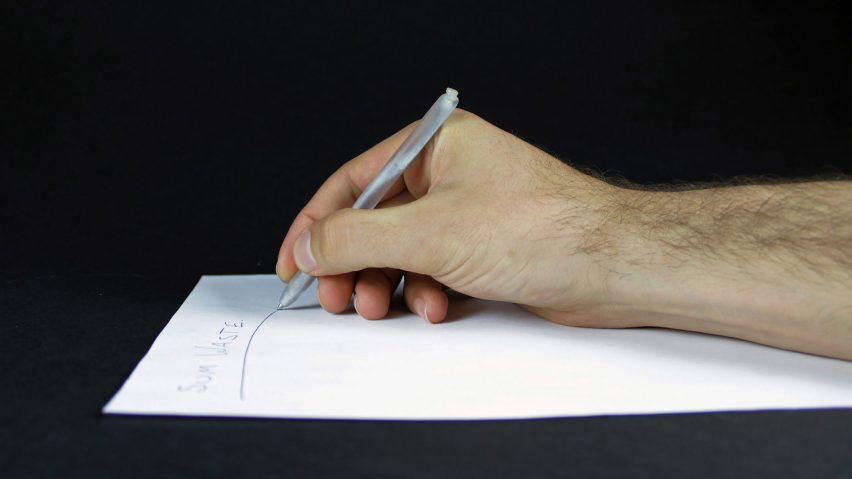
Garrett Benisch designs Sum Waste pen derived from human sewage
Pratt Institute graduate Garrett Benisch has proposed using biosolids, the organic matter derived from treated sewage, to produce a compostable ballpoint pen and its ink.
Benisch, who just graduated from New York's Pratt Institute with a degree in industrial design, created the Sum Waste pen for his thesis project.
The curvy, translucent writing instrument made from biosolids was featured in the university's year-end design show and won first place in a national competition organised by research group Healthy Materials Lab.
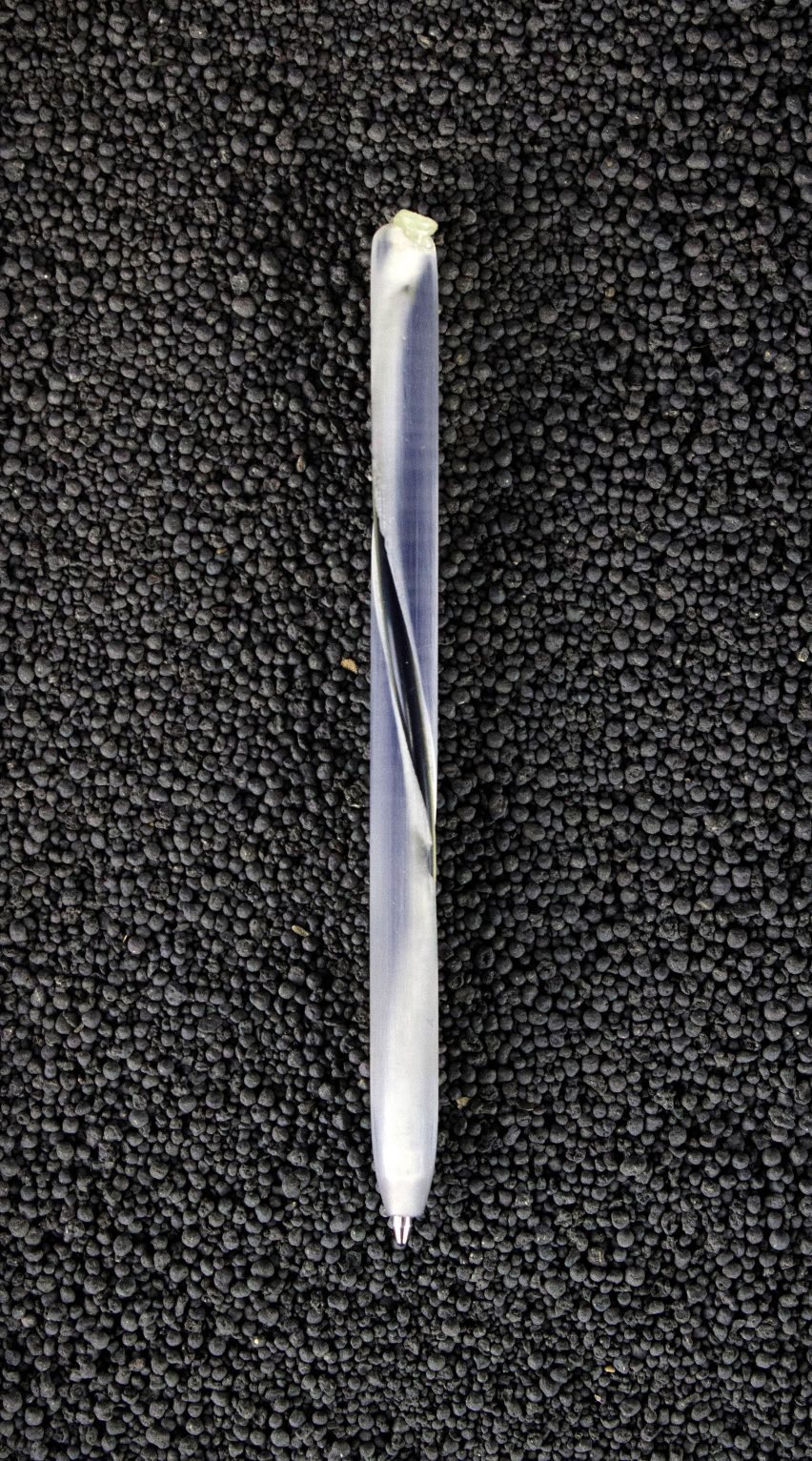
Benisch focused on biosolids as he wanted to find a use for the organic matter that derived from treated sewage, which regularly ends up in landfill.
For the past decade, New York City has been dumping an average of 2.8 million pounds (1,250 imperial tons) of biosolids per day into landfills, according to Benisch. Meanwhile, a plethora of disposable pens are thrown away each year in America.
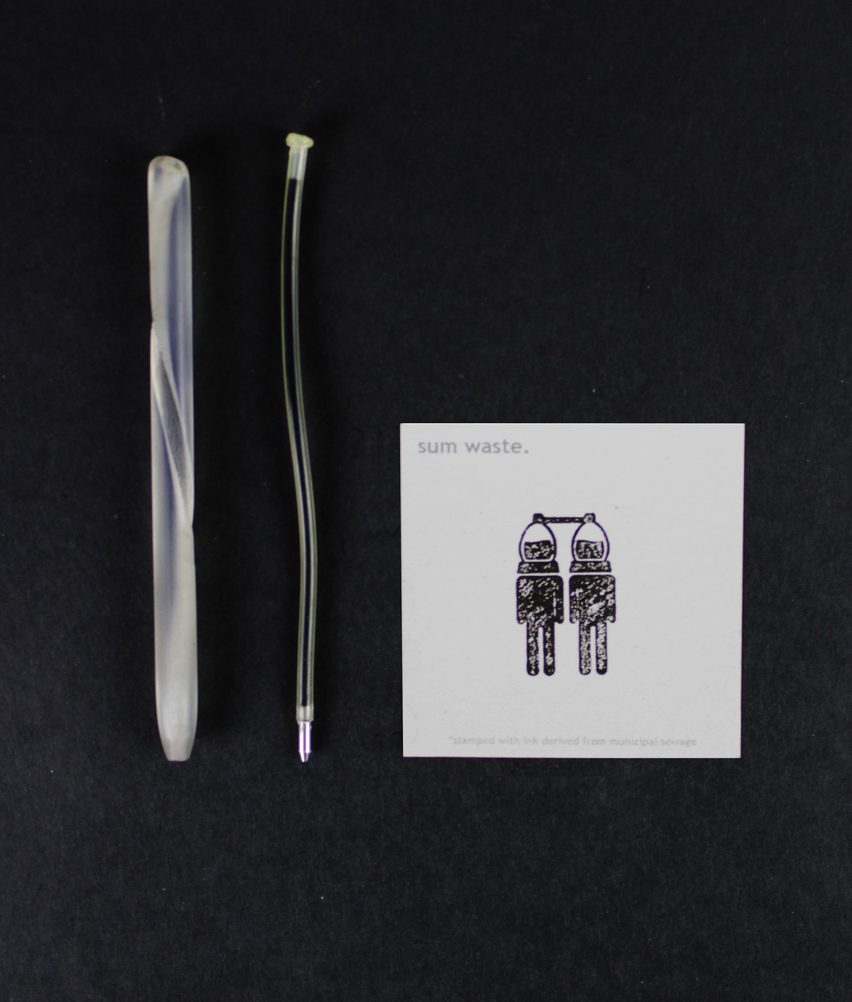
To create the more sustainable pen, Benisch collaborated with New York's Department of Environmental Protection and an undisclosed California-based startup focused on polyhydroxyalkanoate, or PHA, a bioplastic derived from wastewater.
PHA is made by feeding biosolids to a specific type of bacteria, which converts the material into a natural polymer, or bioplastic. PHA has similar properties to regular plastic, but it is biodegradable. A PHA plastic bottle will disintegrate within soil in about two months, according to Bio Based Press.
Benisch believes PHA could be used to create the pen's barrel, although he used resin for his prototype. The ink, however, was made using carbonised biosolids.
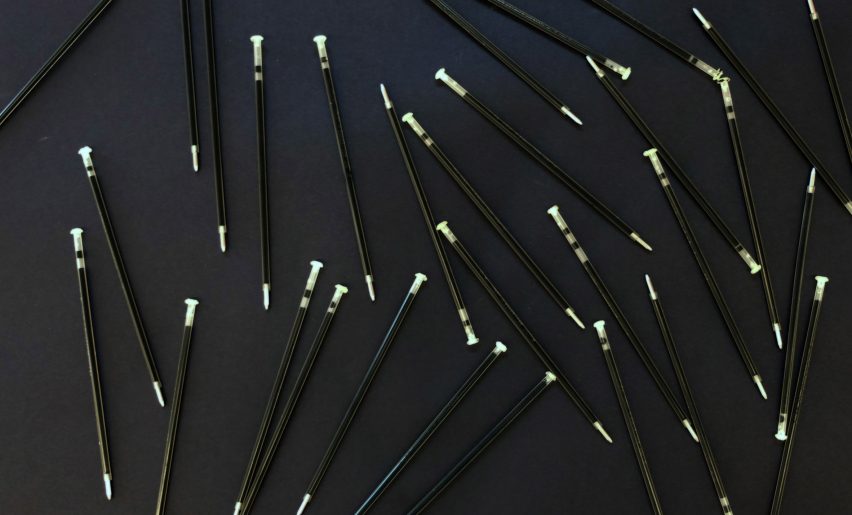
The ink was carbonised using sunlight and a fresnel lens from an overheard projector. The carbonised material was then ground down by hand and suspended in the natural oils, resulting in ink. Benisch used the ink not just for the pen, but also for printing his Sum Waste business cards.
The pen features a heat-moulded top that allows for the ink cartridge to be easily removed and replaced. By slightly pushing the pen's brass tip against a hard surface, it can be retracted without the use of springs or other devices.
Both the barrel and ink are designed to be mass produced, and for a price competitive with petroleum-based products. That said, for the product to become a reality, the US needs to become more open to reusing wastewater for a multitude of purposes, said Behnisch.
Behnisch cited countries like the Netherlands, where water authorities are exploring uses for treated sewage – and even enlisting designers to help them.
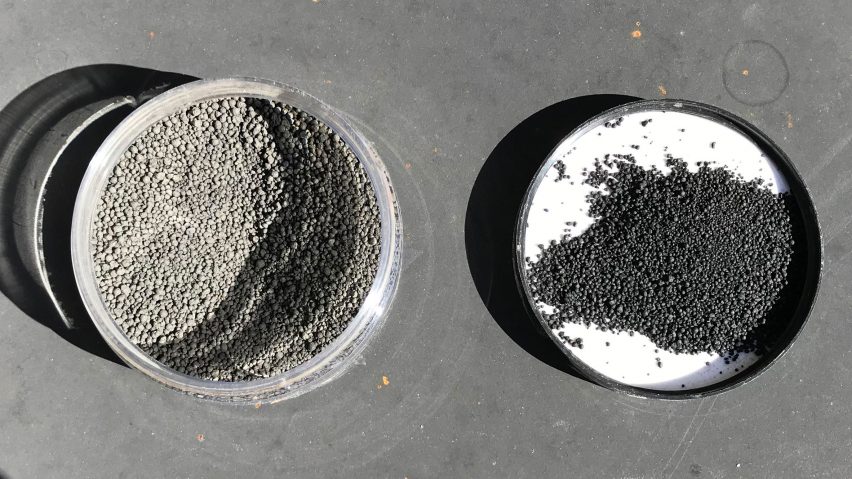
As part of the initiative, Dutch designer Nienke Hoogvliet created the MOURN cremation urn using bioplastic derived from wastewater, along with a kimono that is dyed using kaumera, a byproduct from the wastewater treatment process.
Not only does the Sum Waste pen make use of a waste product, but its simple, streamlined design also "can cut carbon out of existing pens' life cycles".
Benisch said he feels a heightened sense of responsibility as an industrial designer to come up with eco-friendly products.
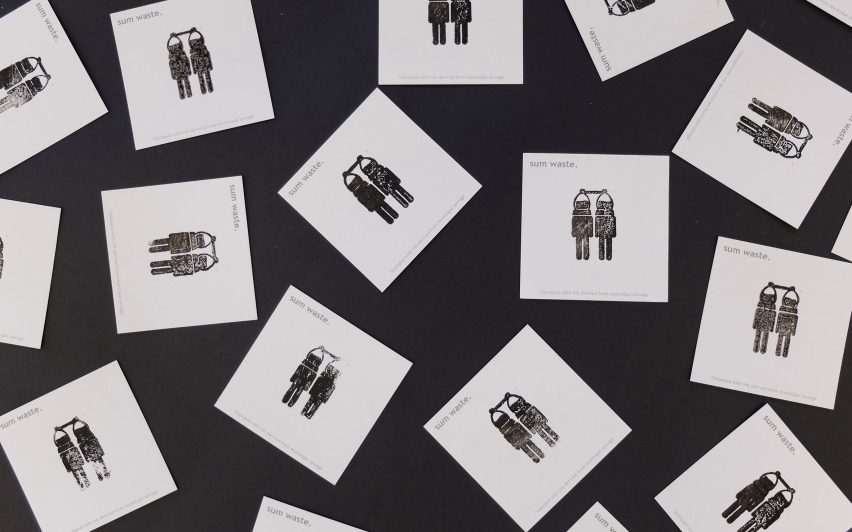
"Environmental sustainability is inherently tied to social, political, and economic sustainability," he said. "Because we are engaged with every step of a product's creation, it is our duty as designers to make decisions that ensure the product is benefiting society and the planet every step of the way."
Other projects by Pratt students include a series of home products designed to help those suffering from Alzheimer's disease, a prosthetic leg that allows amputees to perform ballet like never before, and a heated wall for public bathrooms that can help alleviate women's menstrual cramps.
Photography by Garrett Benisch.